
Hamza bin Laden tries to rally jihadists in Syria
In a new message, Hamza bin Laden praises the jihadists fighting to establish an “Islamic government” in Syria. But he warns that their enemies seek to “divide” their “ranks.”

In a new message, Hamza bin Laden praises the jihadists fighting to establish an “Islamic government” in Syria. But he warns that their enemies seek to “divide” their “ranks.”

In a new audio message, Ayman al Zawahiri warns jihadists that they should avoid a strictly “nationalist” agenda in Syria. He also says the jihadists should focus on waging a “guerrilla” war inside Syria and not place too much emphasis on controlling territory at this time. Zawahiri’s words are likely intended to influence some of the debates occurring within jihadist circles.
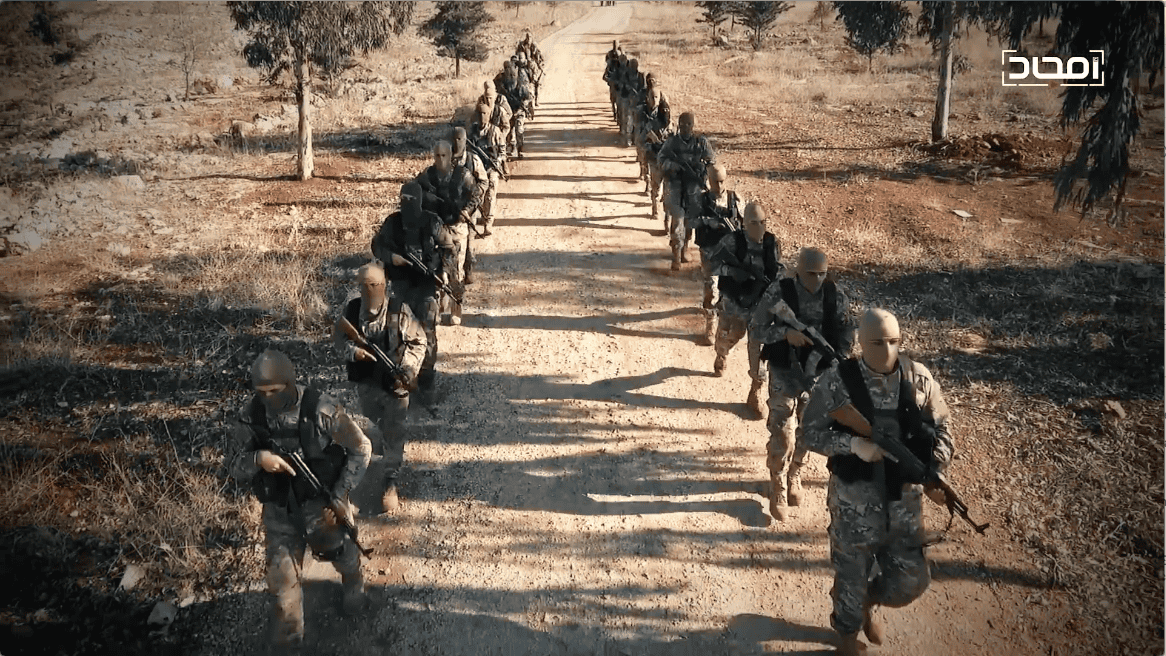
The policy debate concerning Syria must reflect on-the-ground realities. The war is a complex, multi-sided affair with no easy solutions.
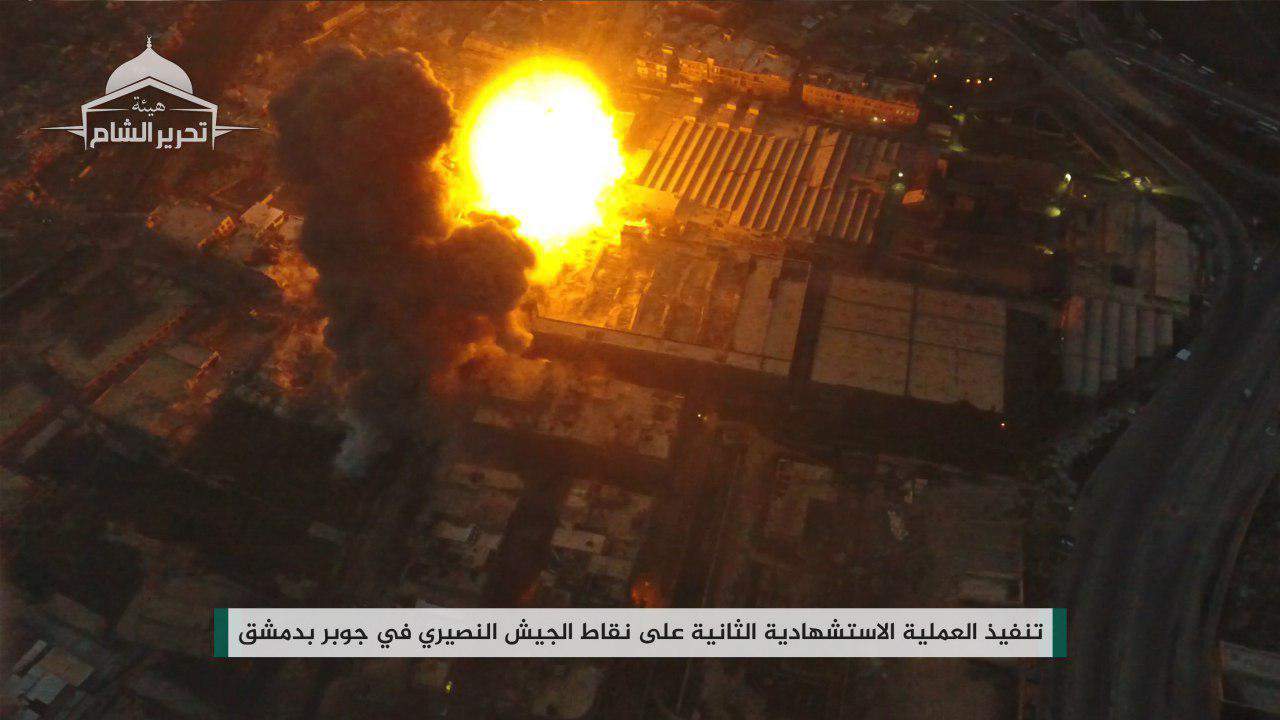
Hay’at Tahrir al Sham (HTS), Ahrar al Sham, and the Free Syrian Army-affiliated Faylaq al Rahman launched a surprise offensive against Bashar al Assad’s regime in Damascus yesterday. HTS, an al Qaeda front group, has been stepping up its attacks in the Syrian capital in recent weeks.
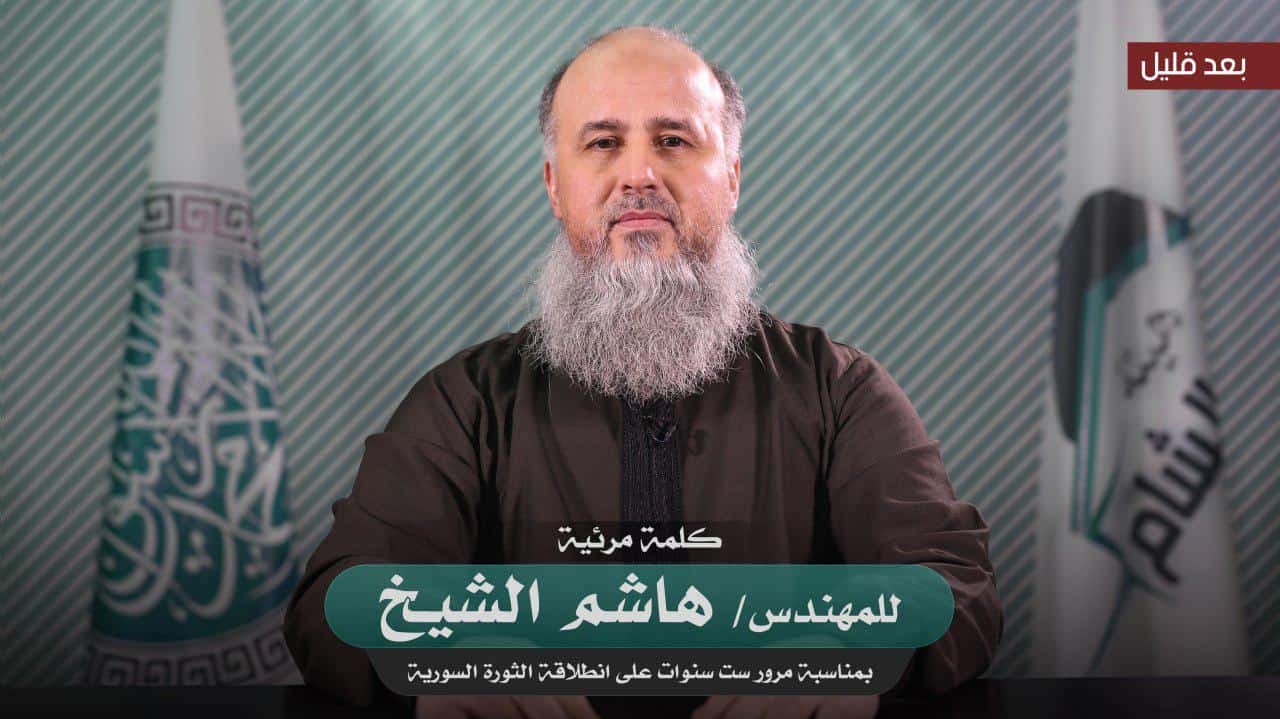
Abu Jaber (also known as Hashem al Sheikh), the leader of Hay’at Tahrir al Sham (HTS), has released a message commemorating the sixth anniversary of the Syrian revolution. He portrays HTS as a popular revolutionary force and calls on other rebel groups to join it for the sake of “unity.” He also promises to “escalate” operations against Bashar al Assad’s regime.
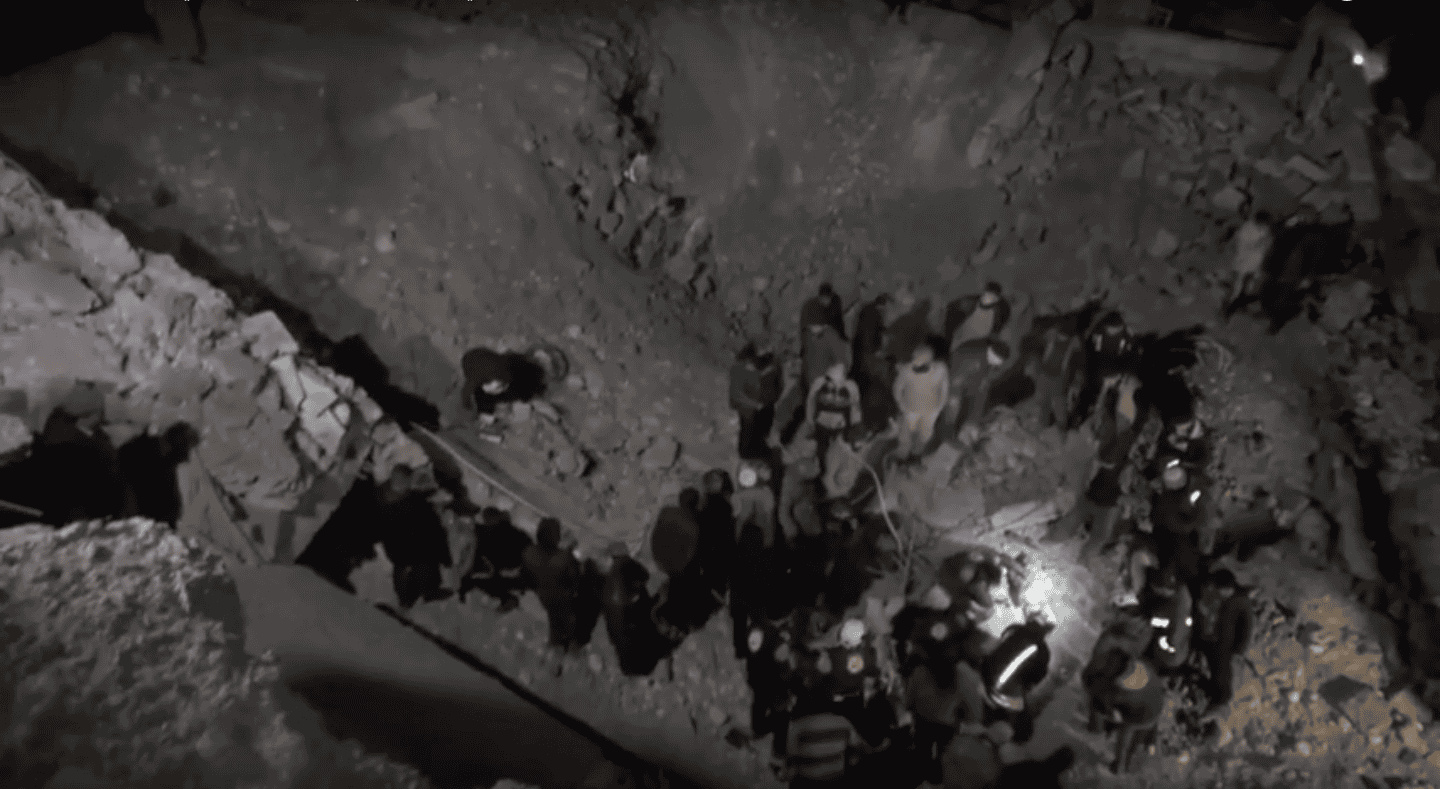
The US bombed what it says was a suspected al Qaeda “meeting location” in Syria. The airstrikes were immediately controversial, as Syrian activists and others said that the building hit was a mosque. The US has stepped up its air campaign in Syria since the beginning of the year by going after larger facilities suspected of being run by al Qaeda.
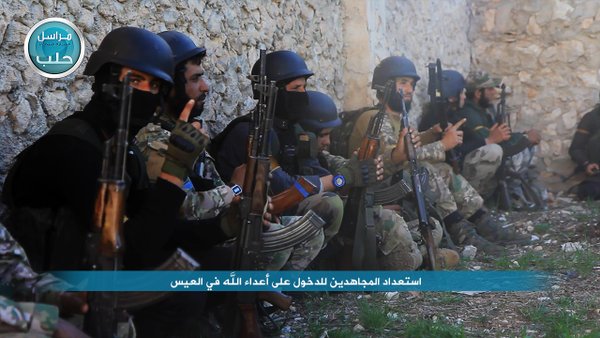
The US Treasury Department announced today that Muhammad Hadi al-`Anizi, a Kuwait-based “facilitator and financier” for al Qaeda and its Syrian branch, has been designated as a terrorist. Al Qaeda’s senior leadership appointed Al-`Anizi as al Qaeda’s “representative in Syria” sometime in 2014. His brother was previously designated by Treasury, which has repeatedly targeted al Qaeda’s support network in Kuwait.
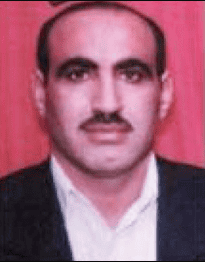
Al Qaeda has released a eulogy for Abu al Khayr al Masri, who was killed in a US airstrike in Idlib, Syria in late February. The eulogy emphasizes his close relationship with Osama bin Laden and his role as al Qaeda’s “representative” in meetings with the Taliban. Once in Syria, Masri was “honored” to oversee “combat operations” in the insurgents’ “management and planning rooms.”

The US killed al Qaeda veteran Abu al Khayr al Masri in a drone strike in Idlib, Syria in late February. Masri was identified as al Qaeda’s “general deputy” in July 2016. He worked to unite Syrian rebel groups under a common banner.
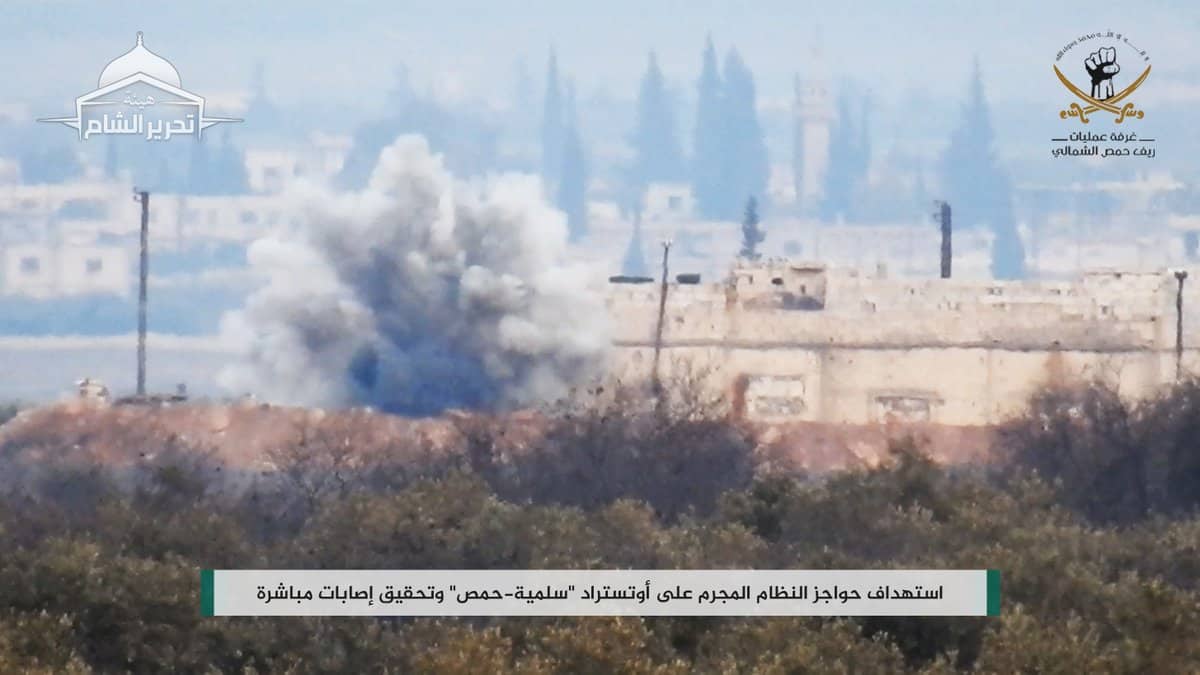
Hay’at Tahrir al Sham (HTS), a newly formed group that includes al Qaeda’s Syrian arm, launched a complex assault on the Assad regime’s security services in the city of Homs earlier today. A high-ranking military intelligence official was killed in the suicide raid.

Five groups, including al Qaeda’s rebranded branch, have announced the creation of a new group in Syria. The move comes after weeks of reported disagreements and clashes between the insurgents in northern Syria.
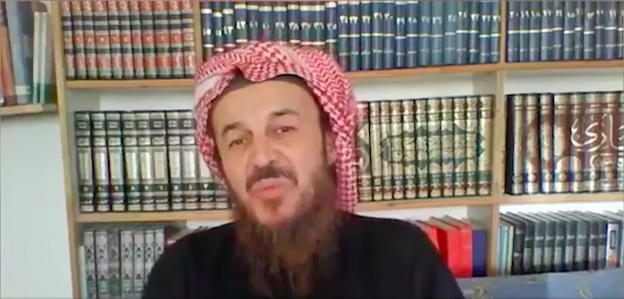
In a statement released last week, Abu Muhammad al Maqdisi, an influential jihadi ideologue aligned with al Qaeda, criticized Turkey’s cooperation with Russia against the Islamic State. Maqdisi warned jihadists and Islamists in Syria to rethink their decision to work with Turkey’s Operation Euphrates Shield, which has captured significant territory from the so-called caliphate in northern Syria.
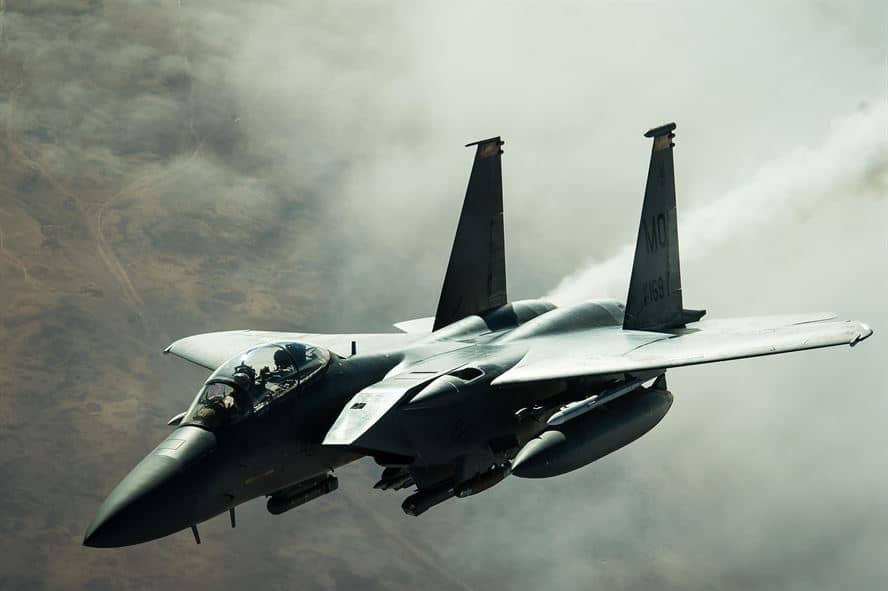
Abd al-Jalil al-Muslimi waged jihad in Afghanistan and Yemen, and had “extensive and long-standing ties to numerous al Qaeda external operations planners and terrorists” before he was killed, according tot he US military. Mohammad Habib Boussadoun al-Tunisi was an external operations leader who plotted against the West.

Jund al Aqsa, a US and UN designated terrorist organization, was subsumed by al Qaeda’s rebranded Syrian branch in early October. The group had deep ties to al Qaeda’s fundraising network in the Gulf prior to the merger.
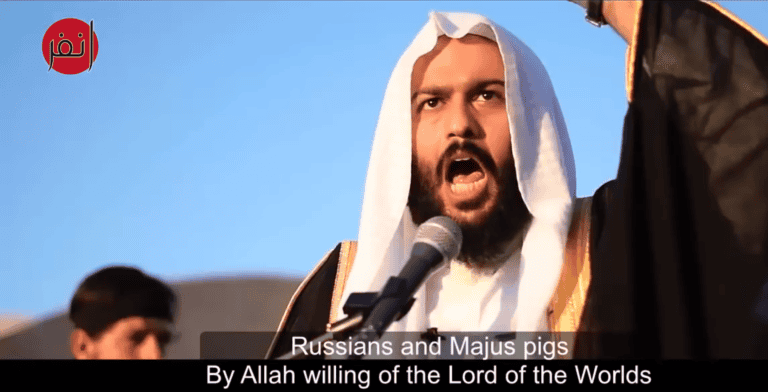
The US Treasury Department designated Dr. Abdallah Muhammad al Muhaysini and three other jihadists in Syria today. All four of them have worked for Al Nusrah Front, now known as Jabhat Fath al Sham (JFS), which is al Qaeda’s arm in Syria. Muhaysini claims to be an “independent” cleric, but Treasury says he is part of Al Nusrah’s “inner leadership circle.”
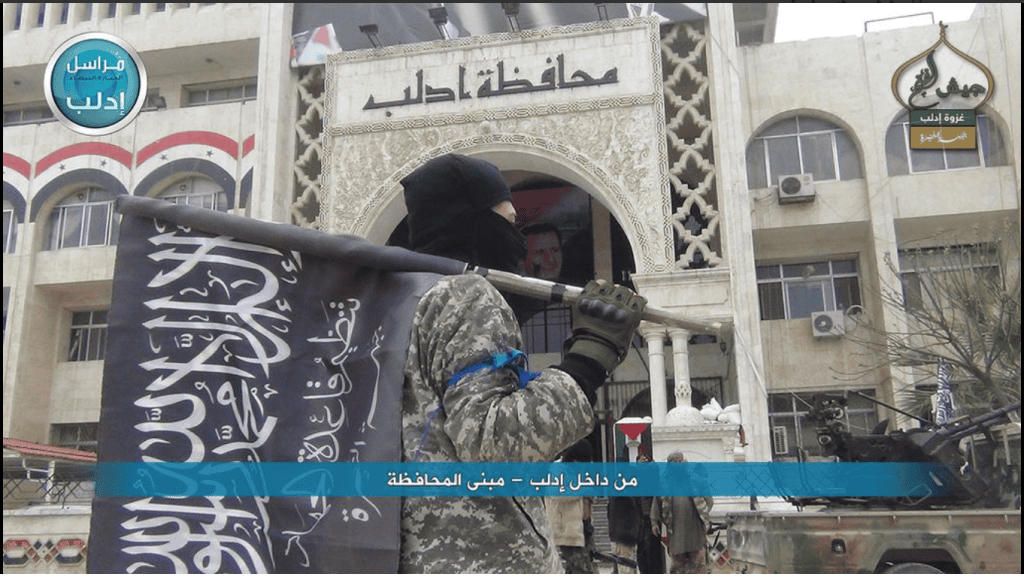
The Defense Department announced today that Haydar Kirkan, a veteran al Qaeda operative who was plotting against the West, was killed in an airstrike in Idlib, Syria on Oct. 17. Kirkan was one of several al Qaeda leaders targeted in Afghanistan, Syria and Yemen during the month of October. The Pentagon emphasized that the airstrikes demonstrate the “transregional nature” of al Qaeda.
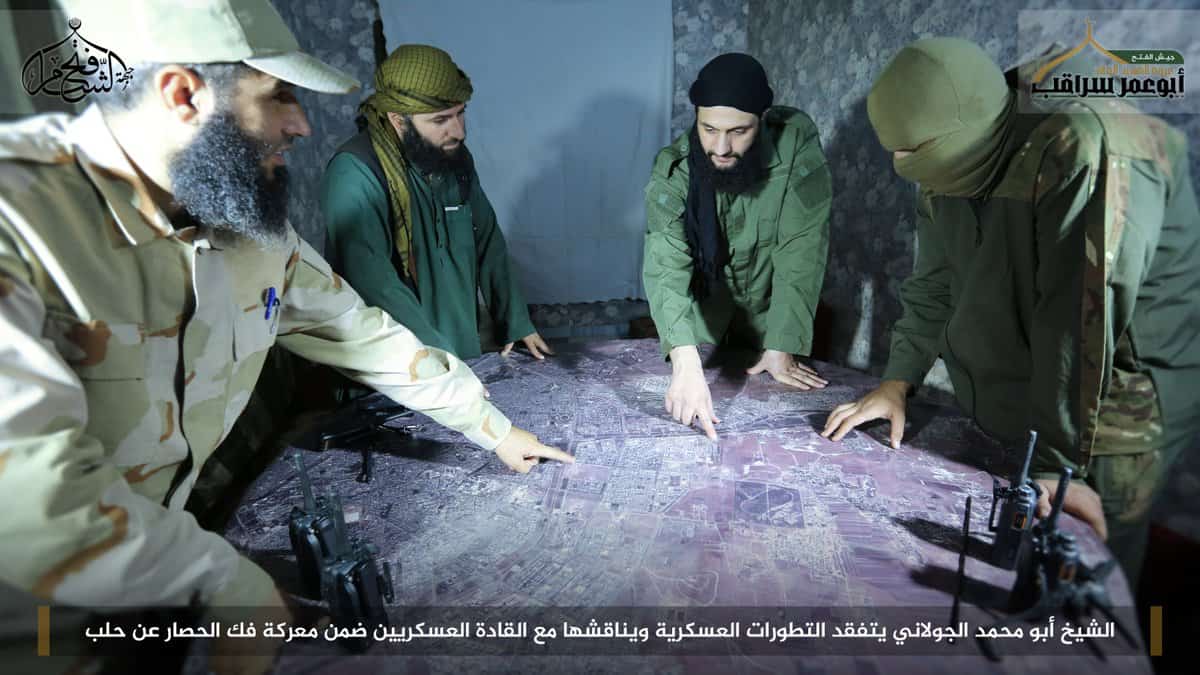
Al Qaeda’s rebranded guerrilla army in Syria is fighting alongside other jihadists, Islamists and Free Syrian Army-branded rebels in an offensive intended to break the Assad regime’s siege of Aleppo. Most of the participating groups belong to two coalitions: Jaysh al Fath (“Army of Conquest”) and Fatah Halab (“Aleppo Conquest”). These same two alliances tried and failed to break the siege earlier this year.

Jund al Aqsa has sworn allegiance to Jabhat Fath al Sham, al Qaeda’s rebranded branch in Syria. Jund al Aqsa itself is an al Qaeda front group. The move comes after weeks of infighting between Jund al Aqsa and other groups opposed to Bashar al Assad’s regime.

The Pentagon has confirmed that Ahmed Salama Mabrouk was killed in an Oct. 3 airstrike in Syria’s Idlib province. According to Defense Department Press Secretary Peter Cook, Mabrouk was “one of Al Qaeda’s most senior leaders” and his death is “a blow to their ability to plot external attacks.” Mabrouk was one of the most senior officials in Jabhat Fath al Sham, al Qaeda’s rebranded branch in Syria.
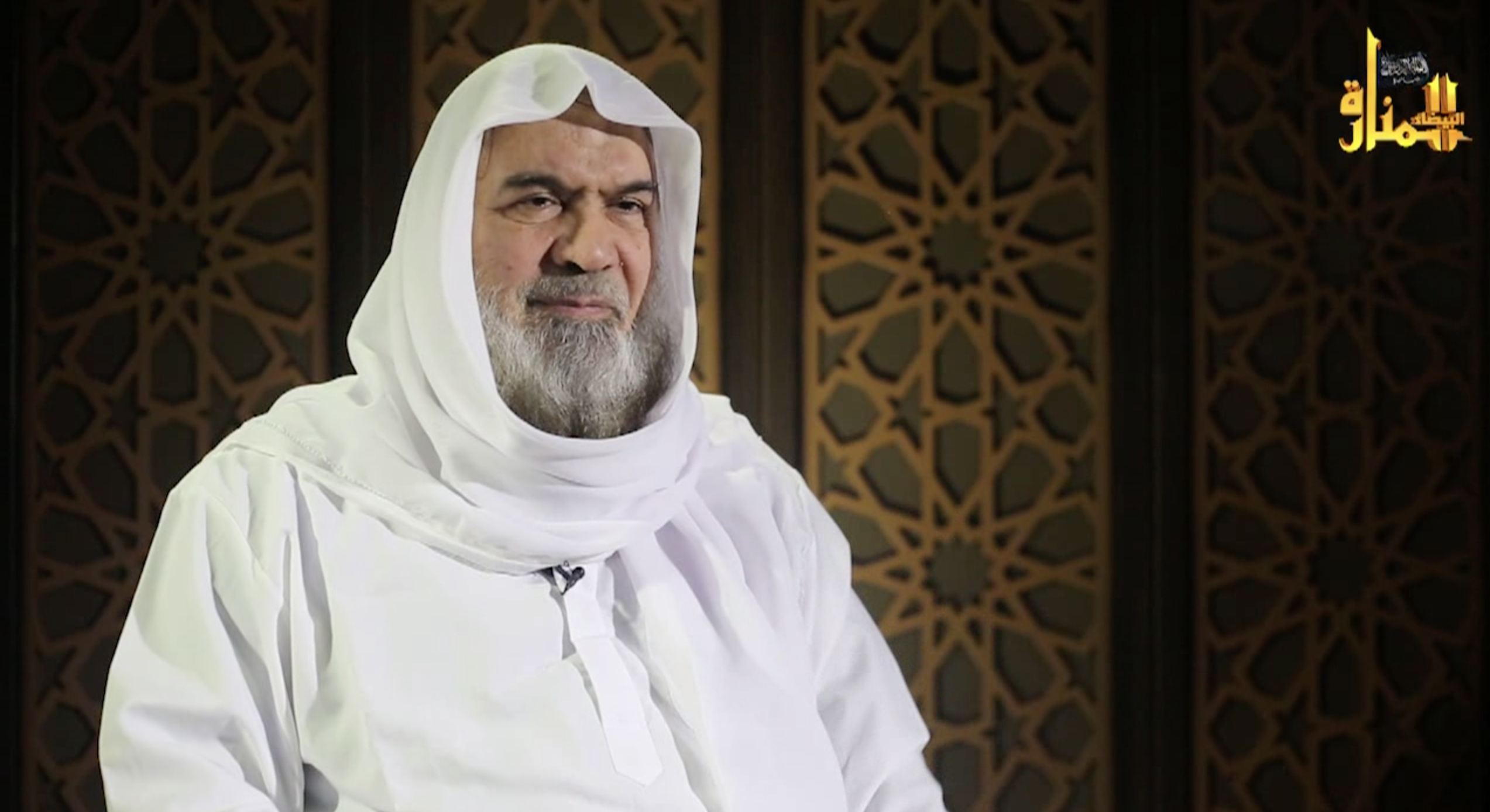
Jabhat Fath al Sham, al Qaeda’s rebranded branch in Syria, announced earlier today that Ahmed Salama Mabrouk has been killed in an airstrike in Idlib. Mabrouk was an Egyptian al Qaeda veteran and served on Jabhat Fath al Sham’s elite shura council.
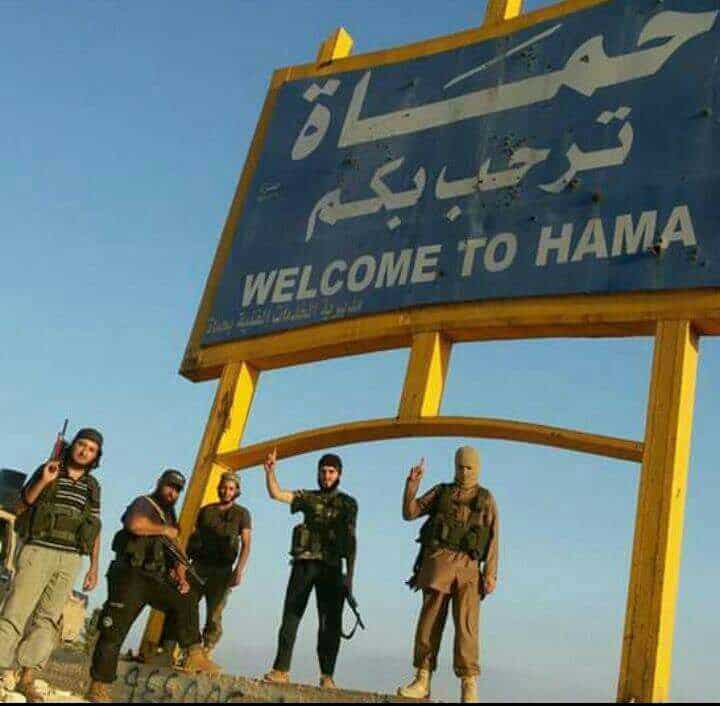
The State Department has designated Jund al Aqsa in Syria as a terrorist organization. The Long War Journal previously exposed Jund al Aqsa as an al Qaeda front group. Al Qaeda veterans have been embedded within the organization and Jund al Aqsa’s “general command” remains loyal to al Qaeda’s leaders.
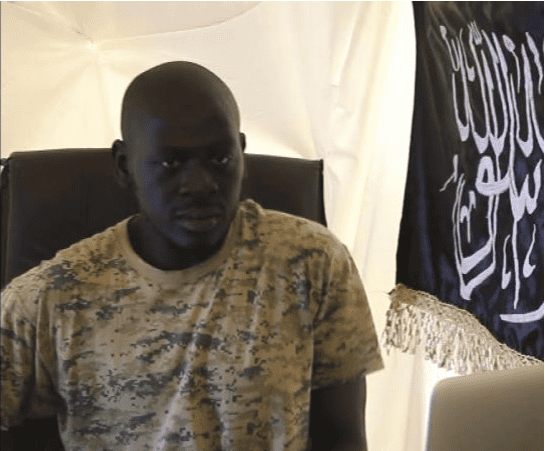
The State Department has designated Omar Diaby, who has recruited French men and women to wage jihad in Syria, as a terrorist. Diaby faked his death in 2015 so he could receive treatment for wounds he suffered. He resurfaced earlier this year. Diaby is infamous for producing a series of videos under the brand “19HH.” The videos have explicitly marketed his loyalty to al Qaeda.
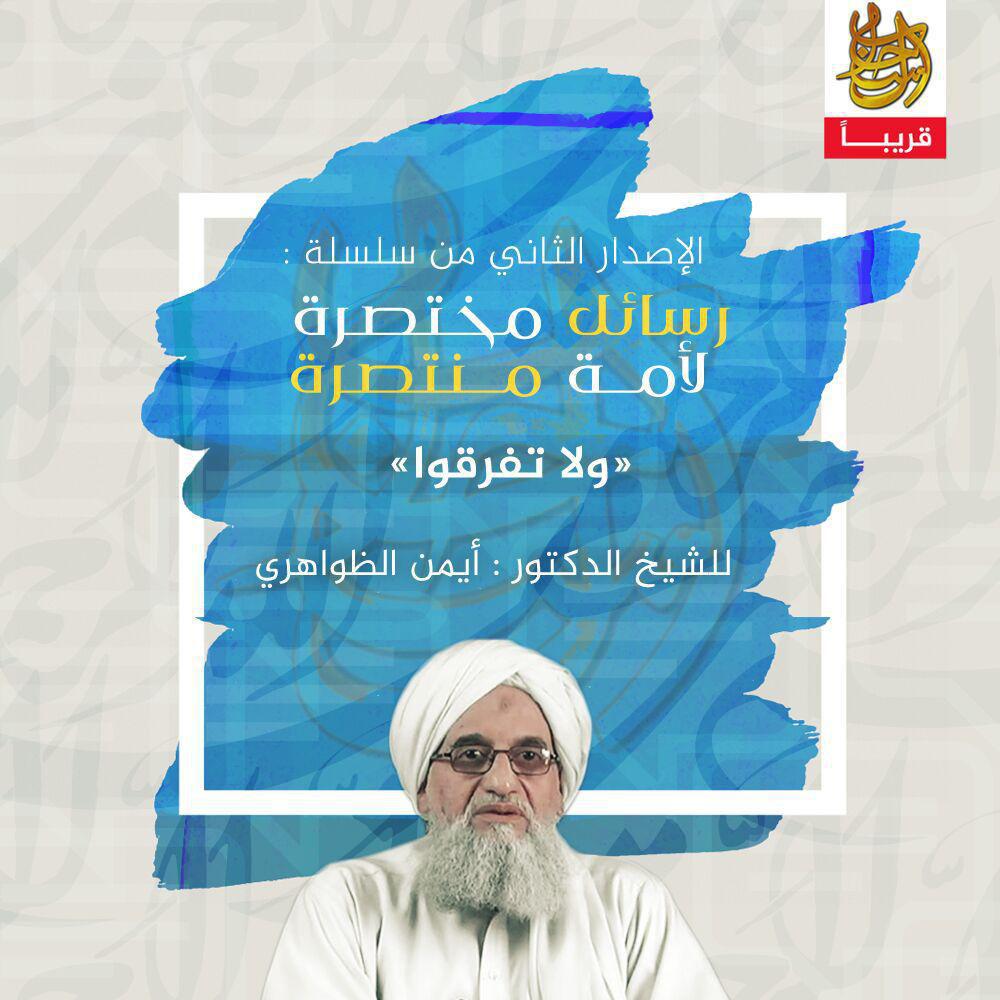
Fifteen years after 9/11, Al Qaeda remains a threat to the West despite not carrying out a large-scale attack in years. The group is waging insurgencies in several countries and is far larger than it was on 9/11.
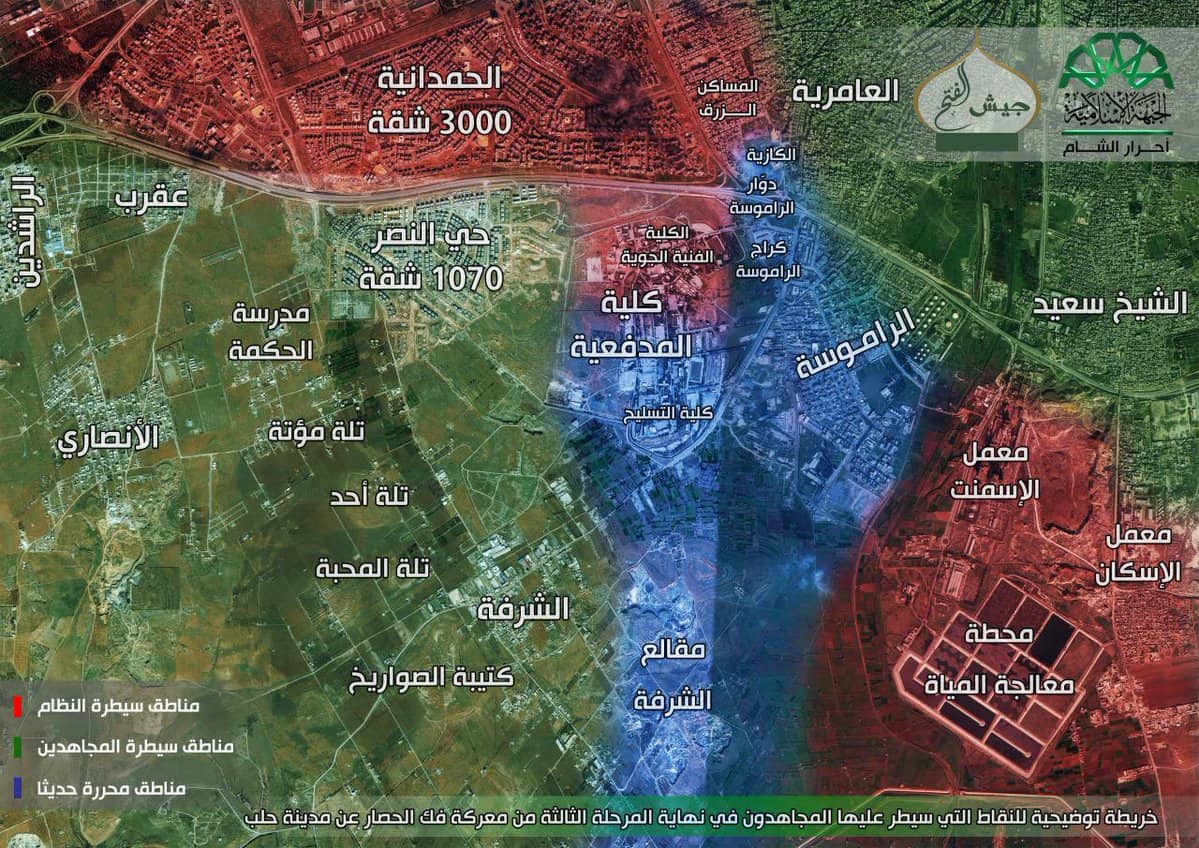
More than 20 jihadist, Islamist and other rebel organizations took part in the offensive to break the siege of Aleppo. It was likely one of the largest combined efforts in the history of the Syrian war.
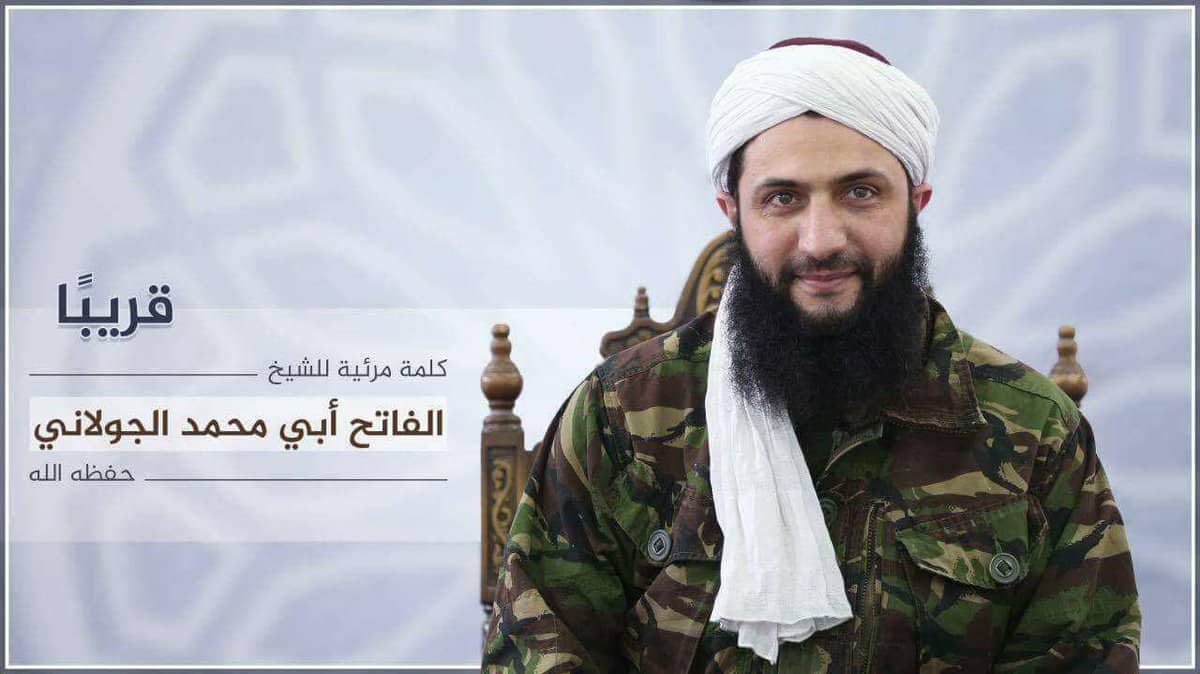
Washington should take a series of steps to stop nations from supporting the newly rebranded version of Al Nusrah Front in Syria.

A transcript of Abu Muhammad al Julani’s remarks yesterday shows that his statement has been misconstrued in the press.

Abu Muhammad al Julani announced that Al Nusrah Front has been rebranded as Jabhat Fath Al Sham. Many have read into Julani’s statement as a formal disassociation with al Qaeda. But Julani didn’t actually say that, as his language was intentionally ambiguous. While sitting next to a longtime al Qaeda veteran from Egypt, Julani did not explicitly say that his group has broken from al Qaeda.